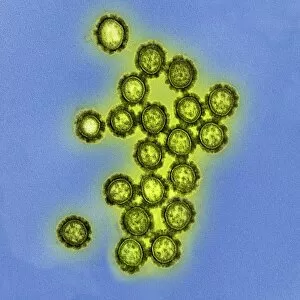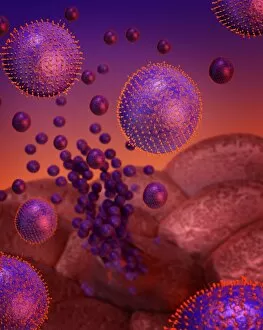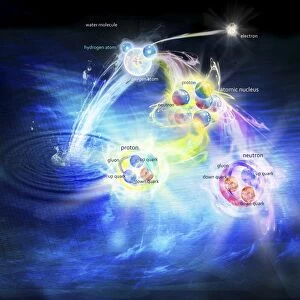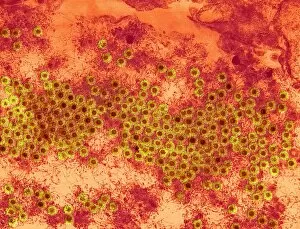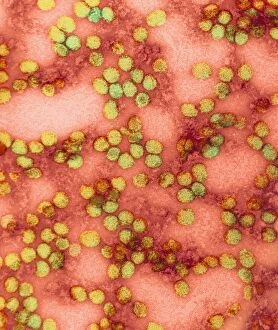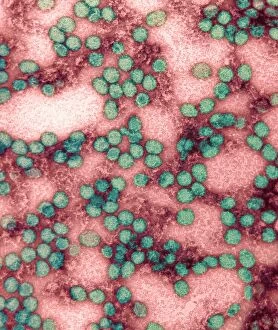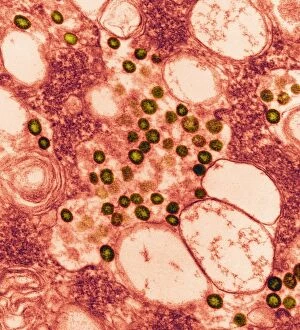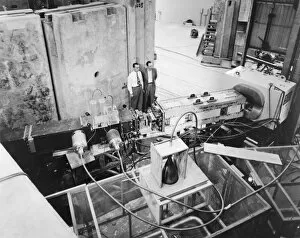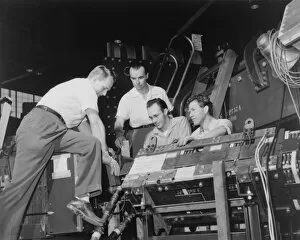Particles Collection (#3)
"Unveiling the Mysteries of Particles: From Schrödinger to Higgs Boson" Delving into the realm of particles
All Professionally Made to Order for Quick Shipping
"Unveiling the Mysteries of Particles: From Schrödinger to Higgs Boson" Delving into the realm of particles, we embark on a captivating journey through scientific discoveries and awe-inspiring phenomena. Erwin Schrödinger's groundbreaking work in quantum mechanics laid the foundation for our understanding of these minuscule building blocks. The monumental Higgs boson event, captured by the ATLAS detector C013 / 6892, marked a pivotal moment in particle physics. This elusive particle's simulation production unraveled secrets about mass and energy within our universe. As we gaze at Saturn's majestic rings through Cassini's lens, it reminds us that even celestial bodies are composed of countless particles interacting harmoniously. Niels Bohr's caricature graces this cosmic voyage, symbolizing his contributions to atomic theory and quantum mechanics. Newton's Opticks with its mesmerizing color spectrum captivates us as we explore how particles interact with light. The vibrant hues reveal their intricate dance within nature’s tapestry. Nuclear fission artwork showcases both the immense power and potential dangers associated with manipulating particles at their core. It serves as a reminder of humanity’s responsibility when harnessing such forces. Examining Norovirus particles under TEM unveils their microscopic structure, reminding us that even invisible entities can have profound impacts on our health and well-being. Once again, we encounter the simulation of Higgs boson production – an ongoing quest to unravel fundamental truths about our existence. Each iteration brings us closer to comprehending the origins and intricacies of matter itself. An emulsion photo captures the decay of kaons into pions – a fleeting glimpse into subatomic transformations that shape our world in ways unseen by most eyes but felt throughout nature. Ezekiel’s vision emerges from ancient texts—a chariot soaring amidst clouds while holding out a book—an enigmatic metaphor for divine knowledge reaching out to humanity.







